GoLogin Anti-Detect Browser: A Technical Overview of the Service
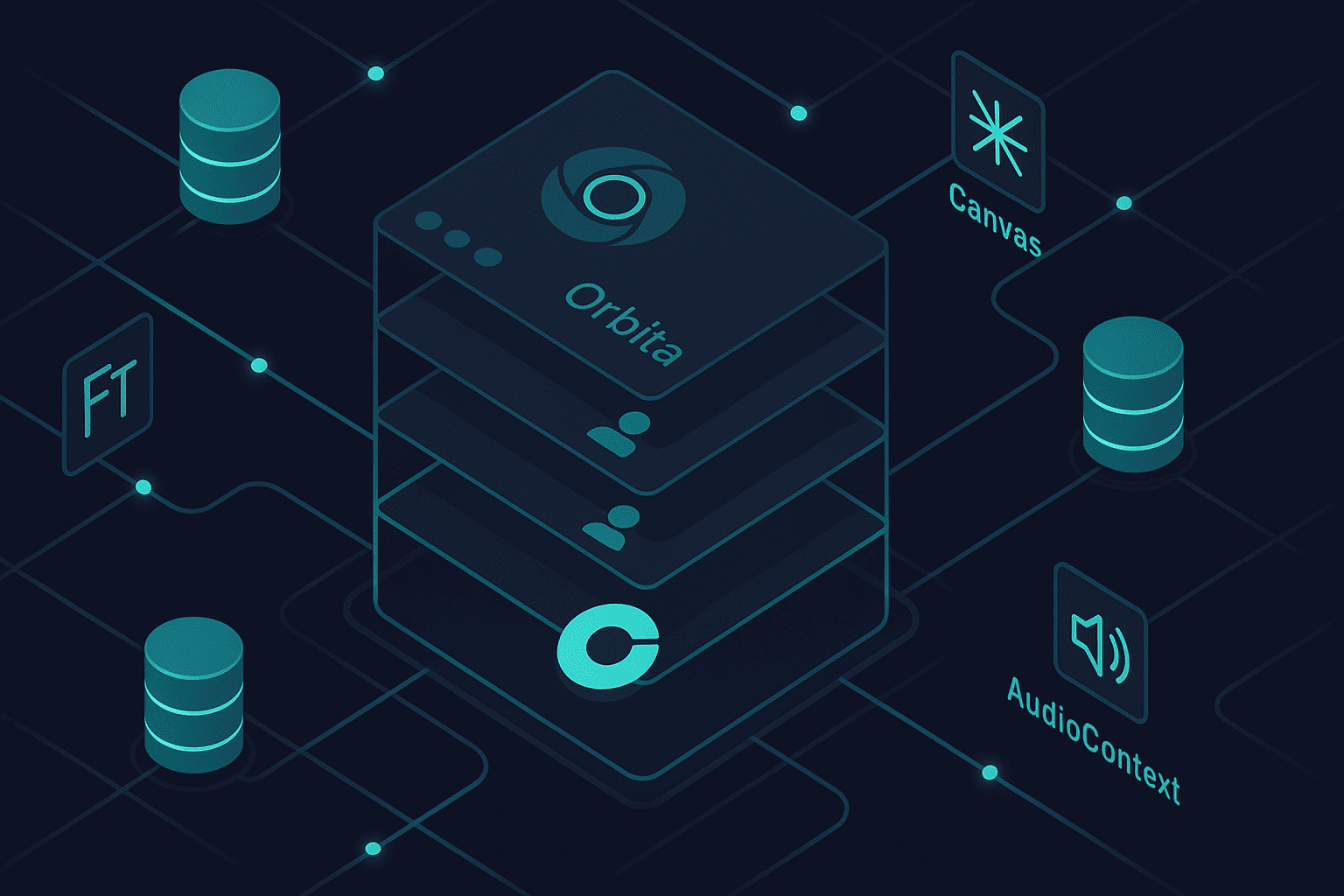
Modern web services actively use browser fingerprinting to identify users unobtrusively—by aggregating device and environment characteristics. Sites track dozens of parameters (from IP and geolocation to Canvas, WebGL, font lists, User-Agent, etc.), so even without cookies and with changing IP addresses, each browser ends up with a unique “digital fingerprint.” As a result, anti-fraud systems can recognize the same user, which complicates multi-accounting and anonymous browsing.
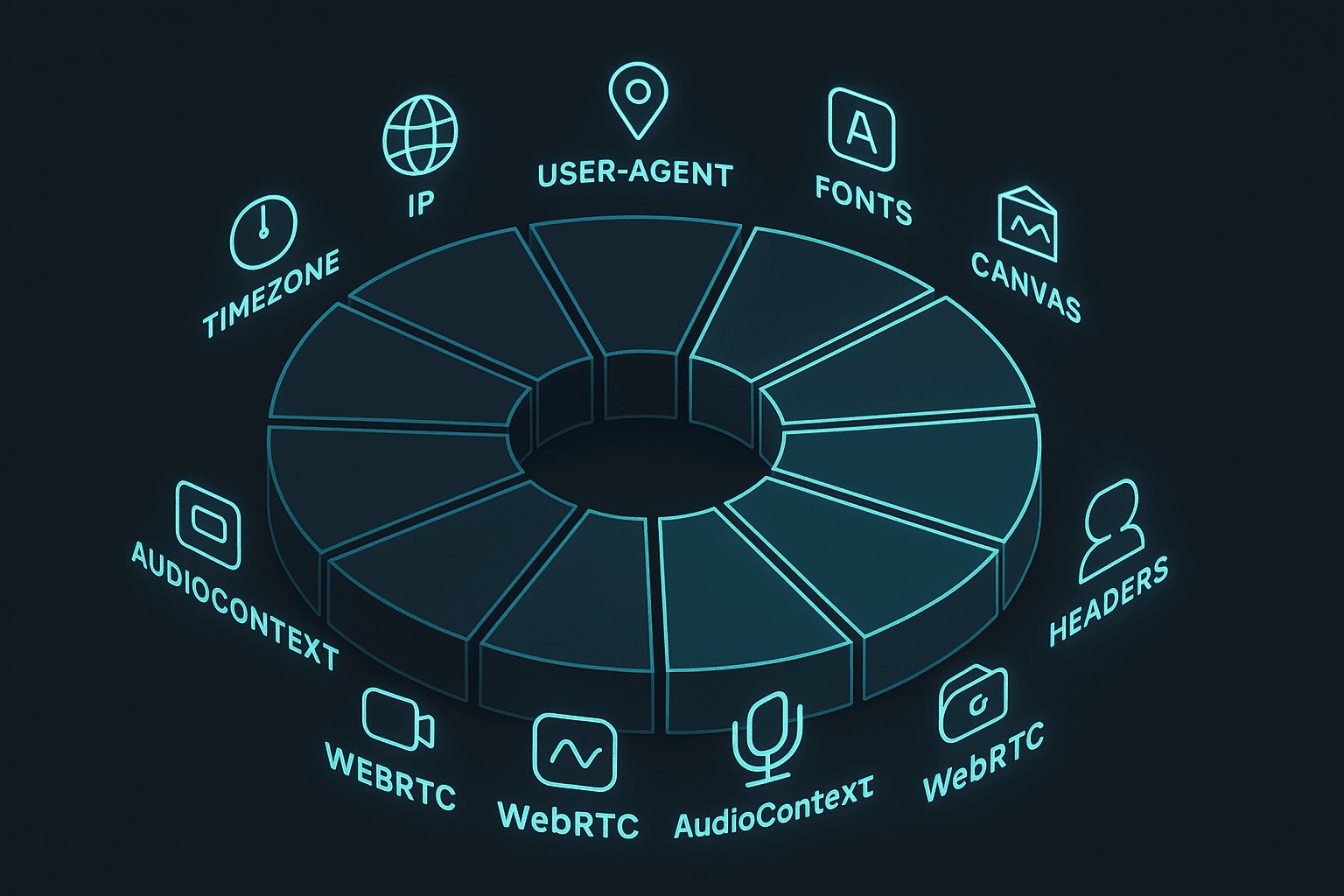
Anti-detect browsers emerged as a response to this problem. These are modified browsers (often Chromium- or Firefox-based) with a layer that substitutes or masks environment parameters, preventing sites from correlating different profiles. One popular representative is the GoLogin anti-detect browser with its proprietary anti-detect browser Orbita. Let’s look under the hood of this anti-detect tool and examine GoLogin’s technical design and its automation API.
Architecture and Design of the GoLogin Anti-Detect Browser
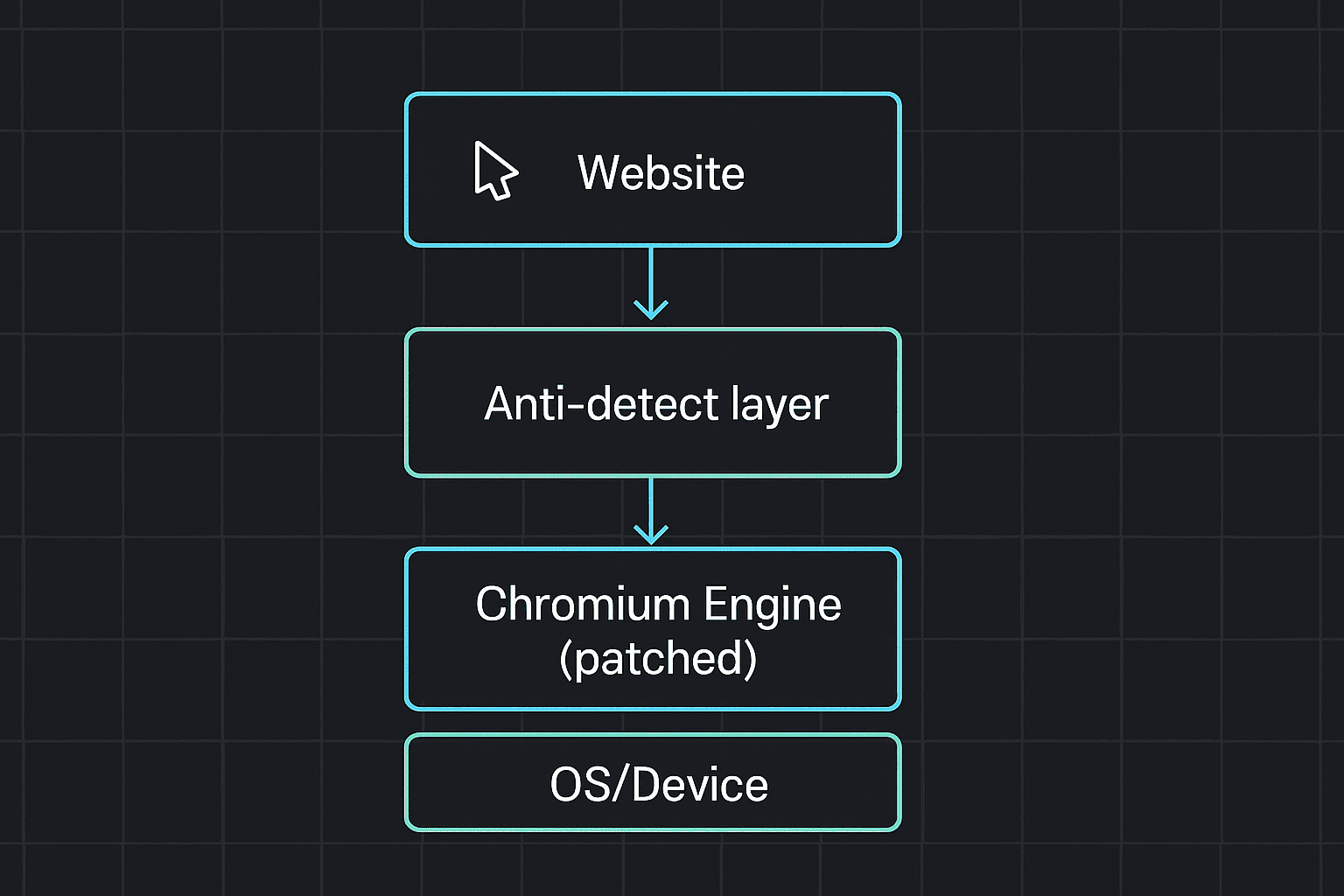
Orbita—the heart of GoLogin—is a fork of Chromium tailored specifically for anonymity. Orbita’s interface is almost indistinguishable from Google Chrome, but the internals are modified: at a low level, the browser engine is patched to intercept script access to system settings and return spoofed values instead of real ones. In other words, an invisible layer sits between the site and your actual environment, substituting profile characteristics on the fly. This browser-engine-level approach significantly outperforms outdated methods like browser plugins, providing more reliable masking.
Profile system. GoLogin implements isolation through separate browser profiles. Each profile is a self-contained environment with a unique set of parameters: from OS type and screen resolution to font sets and Canvas/WebGL properties. Profiles are fully isolated: each has its own cookie jar, localStorage, cache, etc.; no data or fingerprints “leak” between profiles. Essentially, each profile emulates a separate device. You can compare these profiles to virtual machines, only far lighter-weight: an Orbita profile delivers the effect of a VM at roughly 12× lower cost and without slowing you down, remaining as fast as regular Chrome.
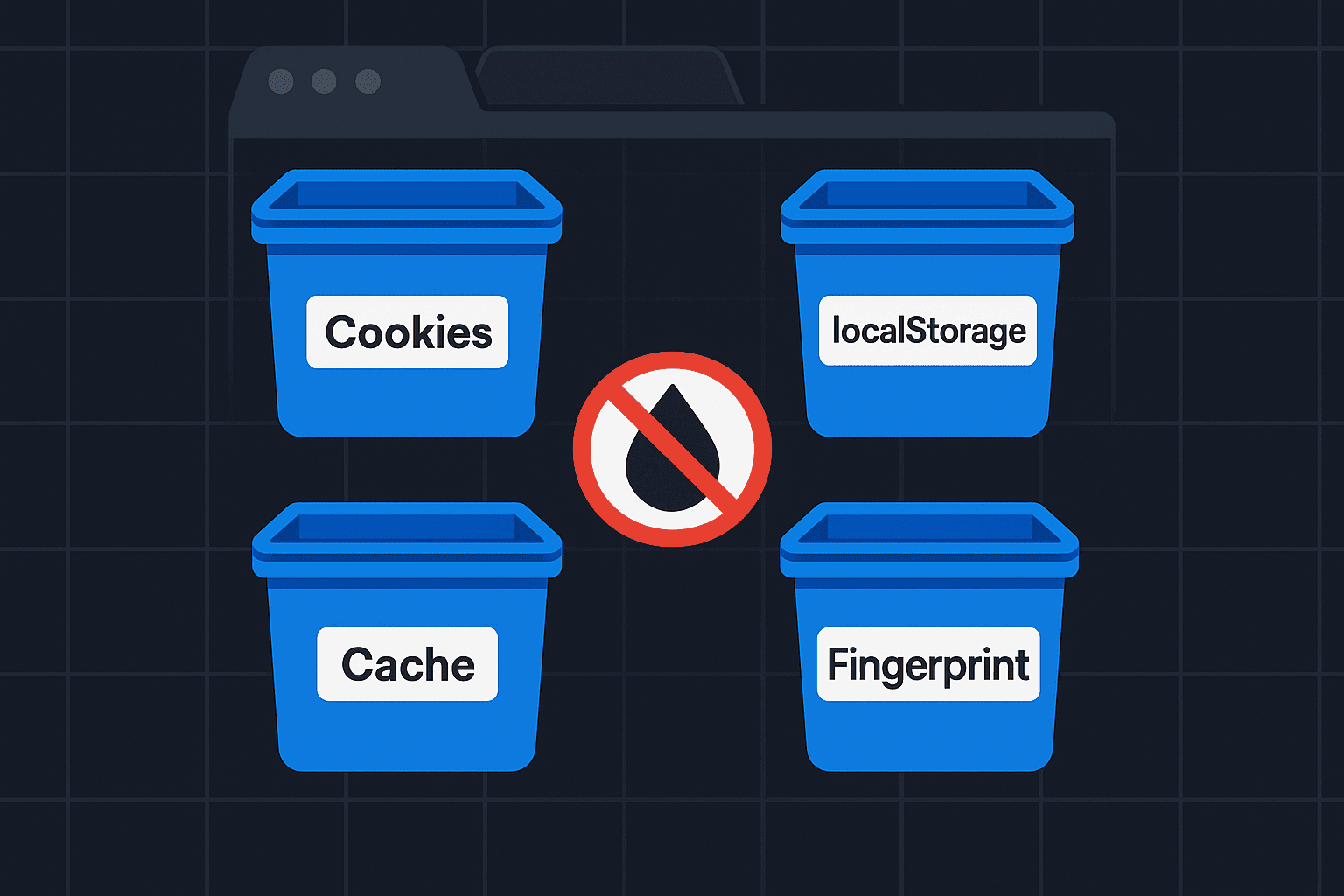
Fingerprint parameters. In GoLogin you can fine-tune about 50–53 browser-environment parameters. When creating a profile, the service automatically generates a consistent set of browser-fingerprint characteristics for the chosen conditions (OS, device type, browser, etc.) so that all attributes align and don’t raise suspicion. Users can tweak the most important attributes, including:
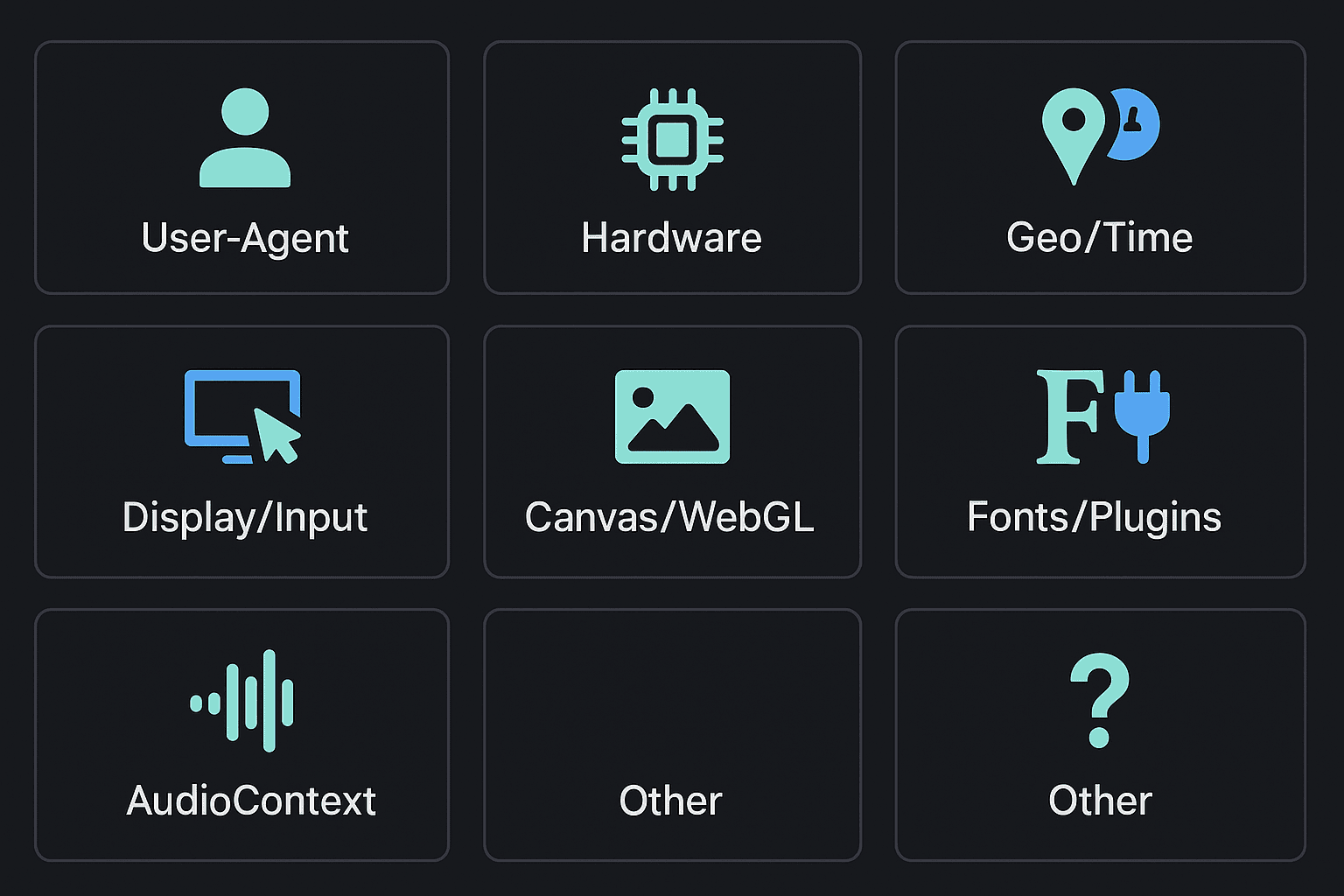
- User-Agent and browser parameters: engine version, platform type, headers.
- Hardware characteristics: CPU core count, memory size, details about the GPU and WebGL support.
- Geodata and time: time zone, language, clock settings, geolocation (latitude/longitude), etc.
- Display and input: screen and window resolution, touch support, color depth.
- Canvas and WebGL: spoofing of the graphical fingerprint, control over WebGL rendering.
- Fonts and plugins: emulation of the system font list (a unique combination per profile), as well as installed plugins/modules.
- Audio context: masking of the AudioContext fingerprint (often used for identification).
- Other:
navigatorheaders (platform, device memory, doNotTrack, etc.), WebRTC behavior, access to Canvas font APIs, WebGL Vendor/Renderer, and so on.
GoLogin automates most of the configuration—set the key profile parameters and the service will generate the rest automatically based on a large corpus of real-world fingerprints. If desired, you can manually edit roughly 50 characteristics to achieve the exact configuration you need. Importantly, Orbita is one of the few browsers that lets you specify a per-profile system font set—sites won’t be able to identify you by the unique combination of fonts on your device. Likewise, WebGL-control technology helps mask the graphical fingerprint so 3D rendering doesn’t reveal your real GPU.
Cloud infrastructure. GoLogin was conceived as a cloud service. All user profiles can be stored in encrypted form on GoLogin’s servers, synchronized across devices. This means you can sign in to your GoLogin account from any PC or smartphone and access all your profiles in their current state. Profile data is protected with encryption (AES-256) and hosted on reliable cloud infrastructure (AWS, Google Cloud) with 99.99% availability. Two-factor authentication is supported to secure the user’s account itself.
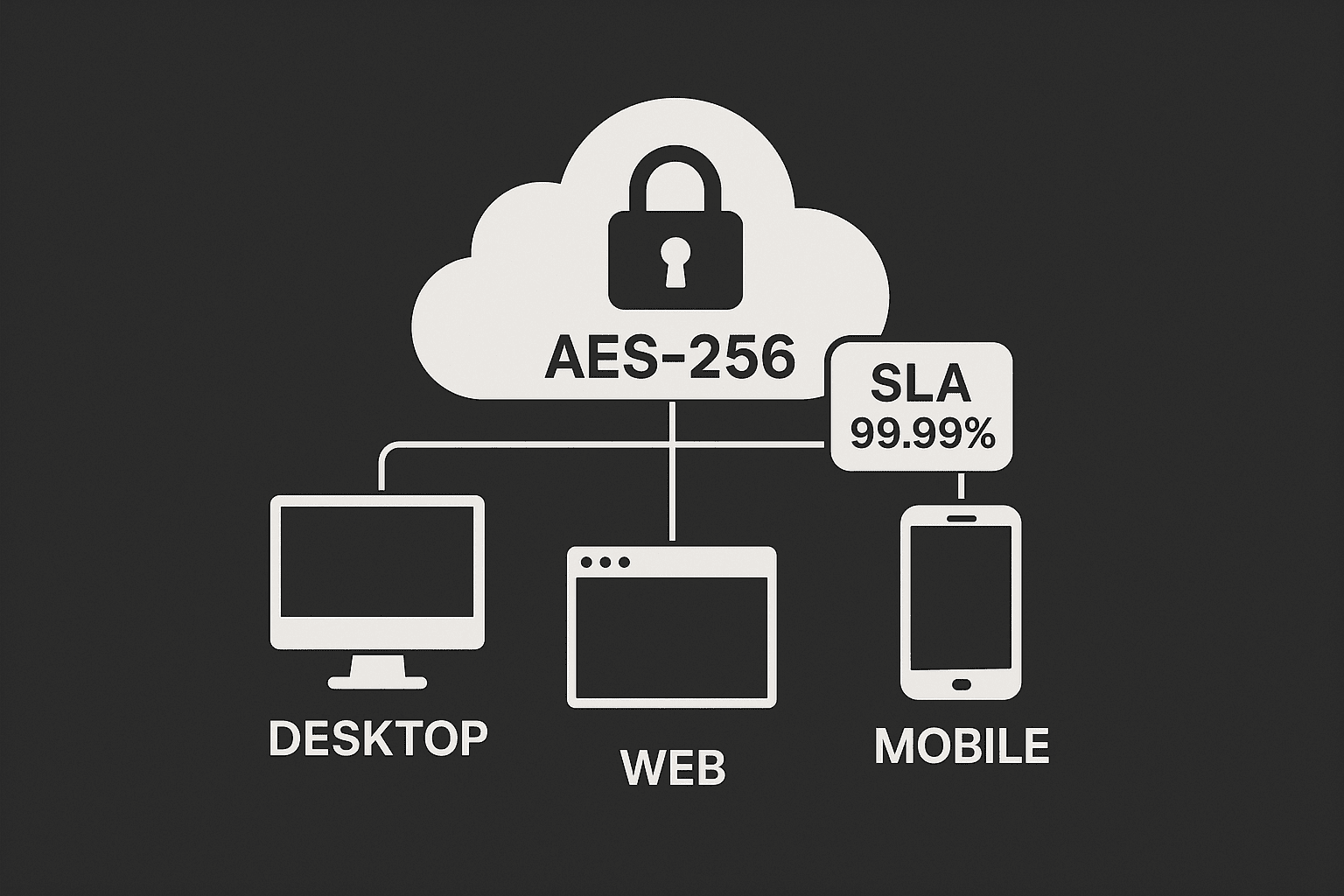
Multiplatform support. The GoLogin desktop app is available for Windows, macOS, and Linux; for Linux, a convenient self-contained AppImage bundle is provided. The service also has a web version: profiles can be launched right from the browser without installing a client. This is implemented via Cloud Browser—a remote Orbita instance running on GoLogin’s servers and streamed through a web interface. Higher-tier plans allow simultaneous launch of multiple cloud profiles via the GoLogin site. Finally, there’s a GoLogin Android mobile app: it works in tandem with the mobile Orbita browser, allowing you to emulate mobile fingerprints and manage accounts from a smartphone.

Working with proxies. One of the critical factors for anonymity is the IP address. When creating a profile, GoLogin lets you specify a proxy server: you can substitute an IP for the required country/city, complementing the browser-fingerprint change. The service offers built-in proxies (e.g., a free VPN for five countries to test) and integration with residential and mobile proxy providers. We recommend using 2captcha residential proxies. GoLogin also lets you set a static proxy or use dynamic mobile proxies, which is especially valuable for automation—such IPs look less suspicious and mimic real mobile-device behavior. Proxy setup is flexible: HTTP(S), SOCKS5, authentication by username/password or by IP are supported. You can quickly swap the proxy within a single profile if needed, and the interface even offers bulk proxy configuration for a group of profiles in just a couple of clicks.
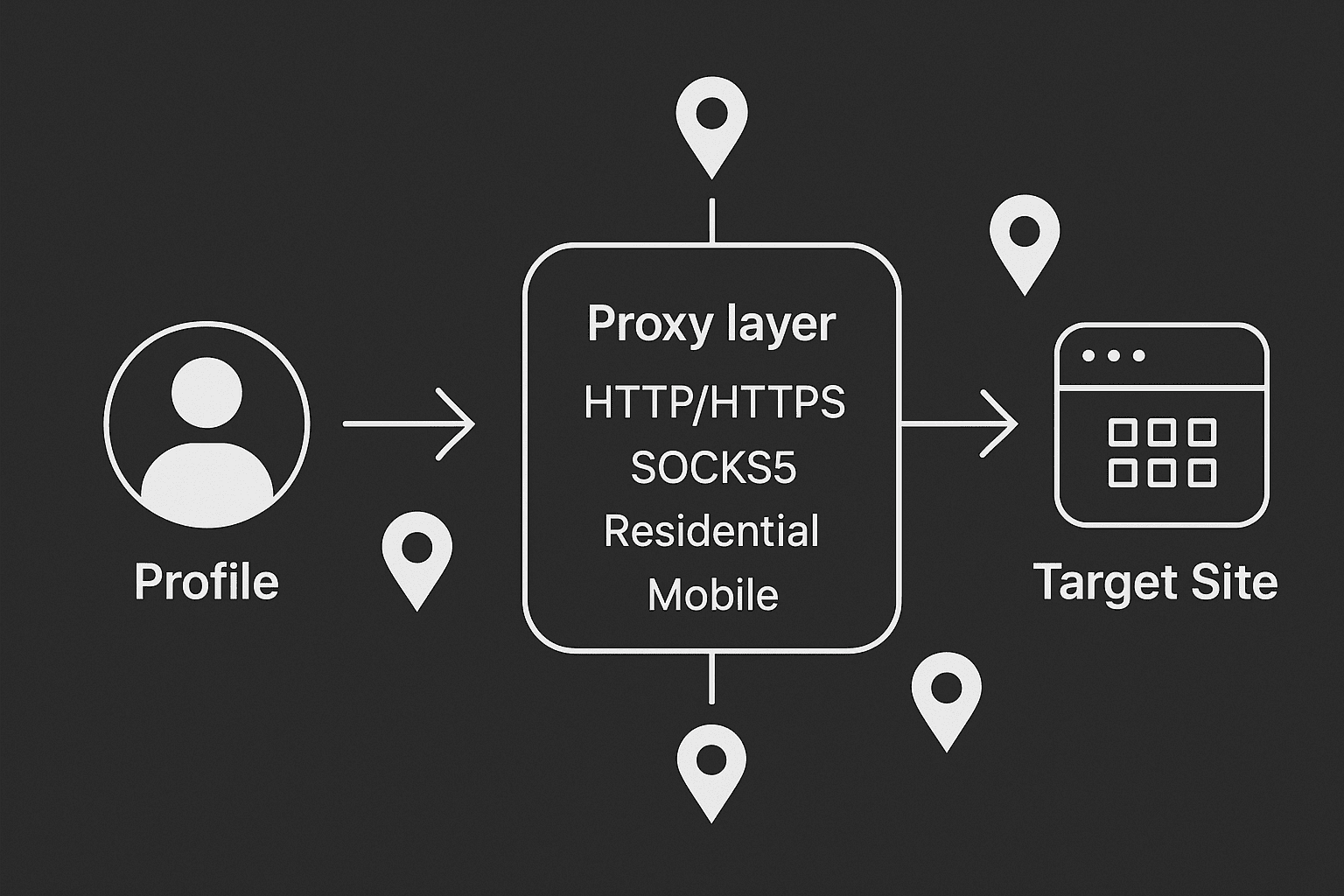
Collaboration. For teams jointly managing many accounts, GoLogin provides profile sharing. You can securely hand off a profile to another team member; they receive a copy of the environment—with all fingerprint settings, cookies, and local data—and can continue working with the account. Access rights are configurable: different staff can be granted different permission levels on profiles (view-only, edit, launch, etc.). All changes are synchronized through the cloud. Thus, a team can manage the same accounts in a distributed manner without risking to burn them through uncoordinated actions.
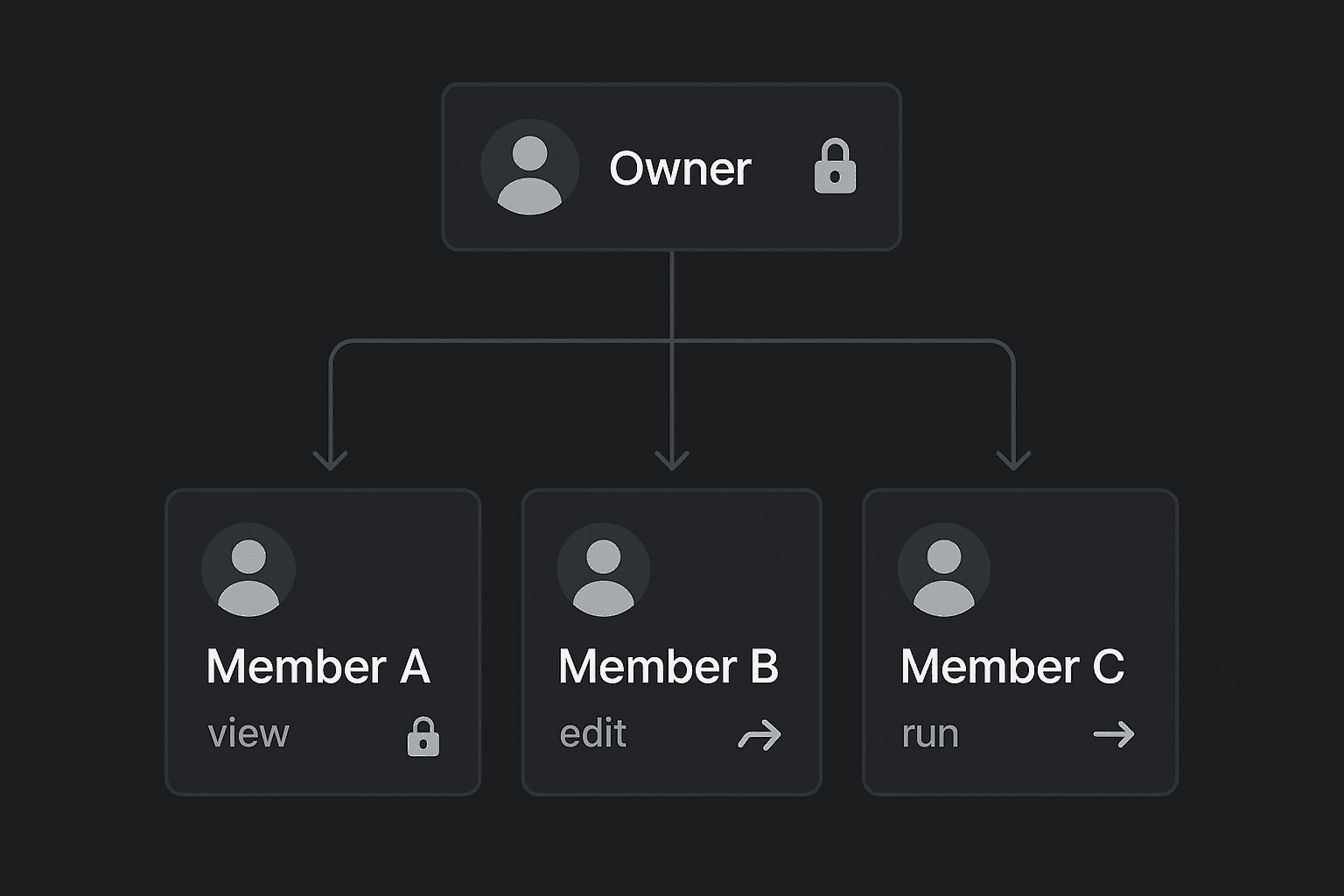
GoLogin Anti-Detect Browser API and Automation
One of GoLogin’s key advantages is an open REST API for programmatic control of the browser and profiles. This enables integration of GoLogin with other services and custom scripts to automate any routine operations. The API provides full access to all functions: you can create, configure, launch, and delete profiles; manage proxies and tags; share profiles; and more, via HTTP requests or ready-made SDKs.
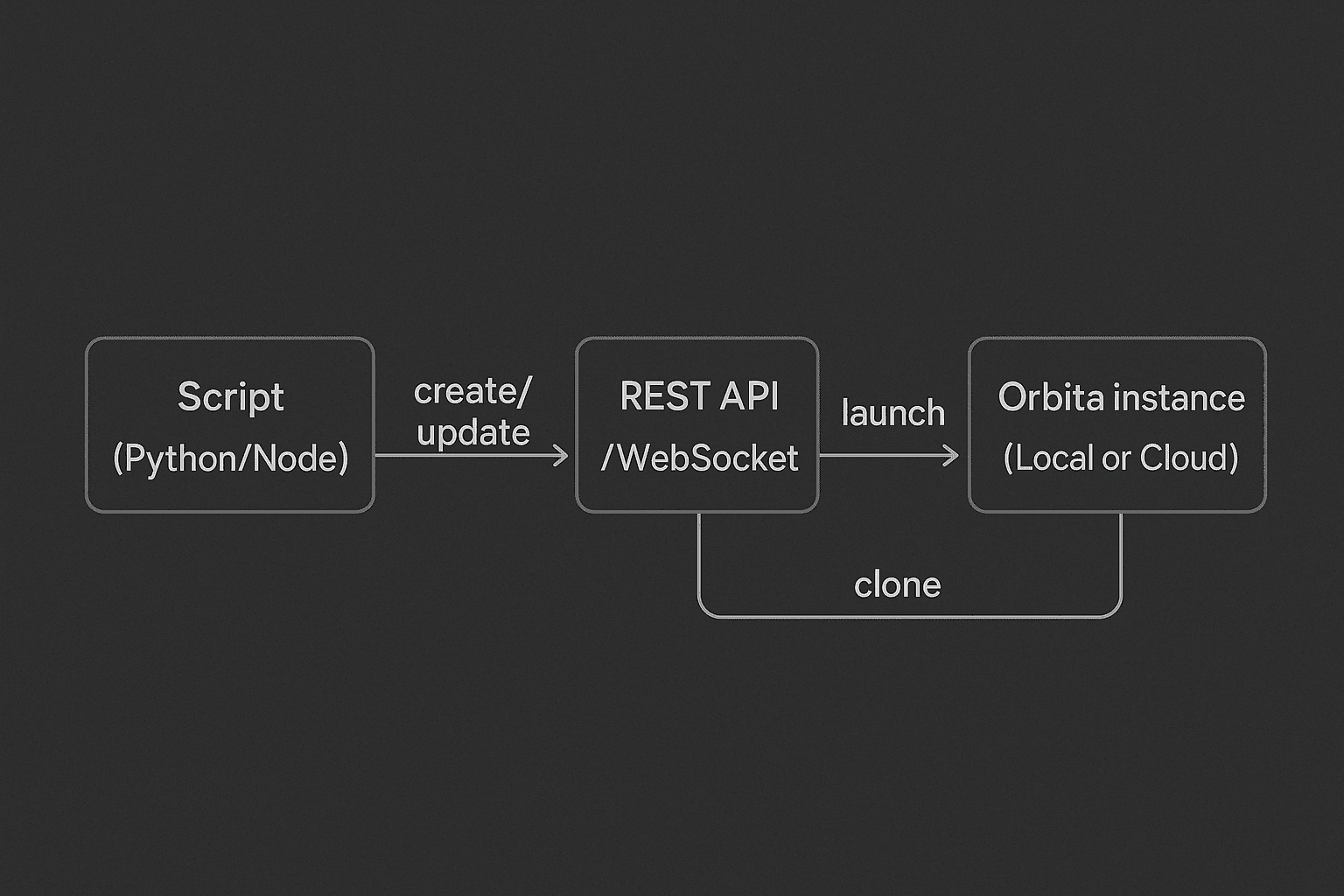
Official SDKs. To make developers’ lives easier, GoLogin provides client libraries. The source code is open, and installation is available through package managers. At the moment, SDKs exist at least for Node.js and Python (with community wrappers for PHP, Java, Go). For example, the official Node.js library gologin lets you launch an Orbita profile and hand it off to Puppeteer in just a few lines of code. Similarly, the Python gologin library integrates with Selenium WebDriver, allowing you to write automated tests or bots on a familiar stack.
API capabilities. Through the API, the full profile lifecycle is available:
Profile creation: either with a random fingerprint (the createProfileRandomFingerprint method generates a profile with a randomized, consistent parameter set) or with explicit settings (you can pass JSON with the required fields—for example, a specific User-Agent, time settings, enabling WebRTC, etc.).
Reading and management: retrieving the list of all user profiles; searching a profile by name or ID; updating profile parameters (changing proxies, fingerprints, etc.); cloning a profile and exporting its settings. Bulk operations are supported as well (e.g., import/export of profiles in CSV).
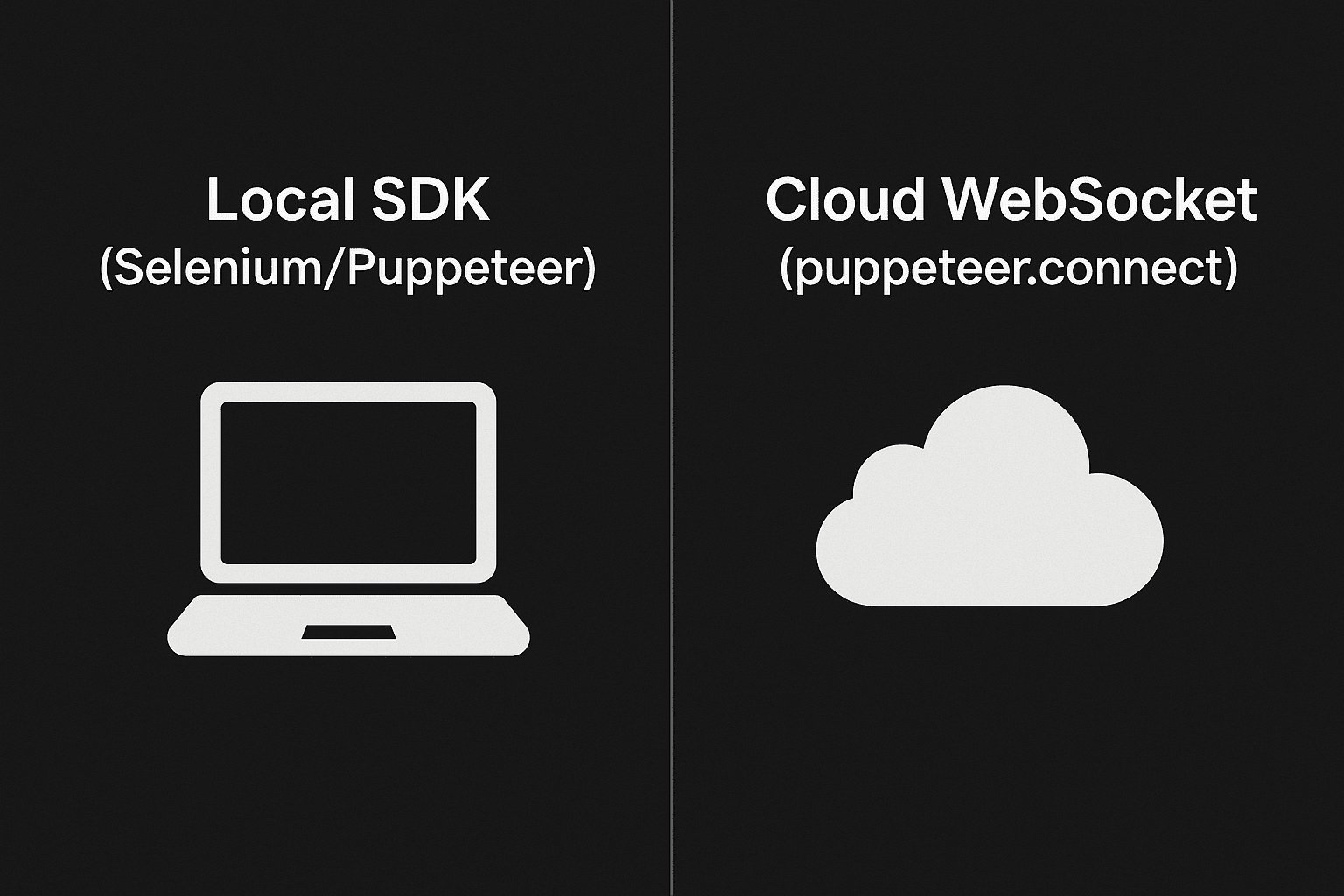
Browser launch: the API allows launching Orbita profiles on a remote machine or locally in the background. Two approaches are provided:
Local launch via SDK — your script requests a profile launch, and an Orbita instance starts on your machine, ready for automation. At launch, you can pass additional browser flags (for example, --headless for headless mode). The API returns a Puppeteer object or a Selenium WebDriver, which you then use to control pages (open URLs, click elements, etc.).
Cloud browser — GoLogin provides a WebSocket endpoint to connect to a browser in the cloud. You only need to pass your API token and the profile ID, and via a URL like wss://cloudbrowser.gologin.com/connect?... you can connect with Puppeteer using puppeteer.connect(). If a profile is not specified, the service will automatically create a new temporary profile. This offloads your local machine and is ideal for running many concurrent sessions (e.g., on a server or in CI/CD). Control is identical—you get a browser object and use it like a regular Puppeteer browser, except it actually runs on GoLogin’s side.
Additional features: via the API you can manage profile folders and tags for organization; create workspaces for team collaboration; attach/detach users to the account; and check plan status, consumed traffic, etc. Rate limits exist to prevent abuse, but in normal scenarios they are hardly noticeable.
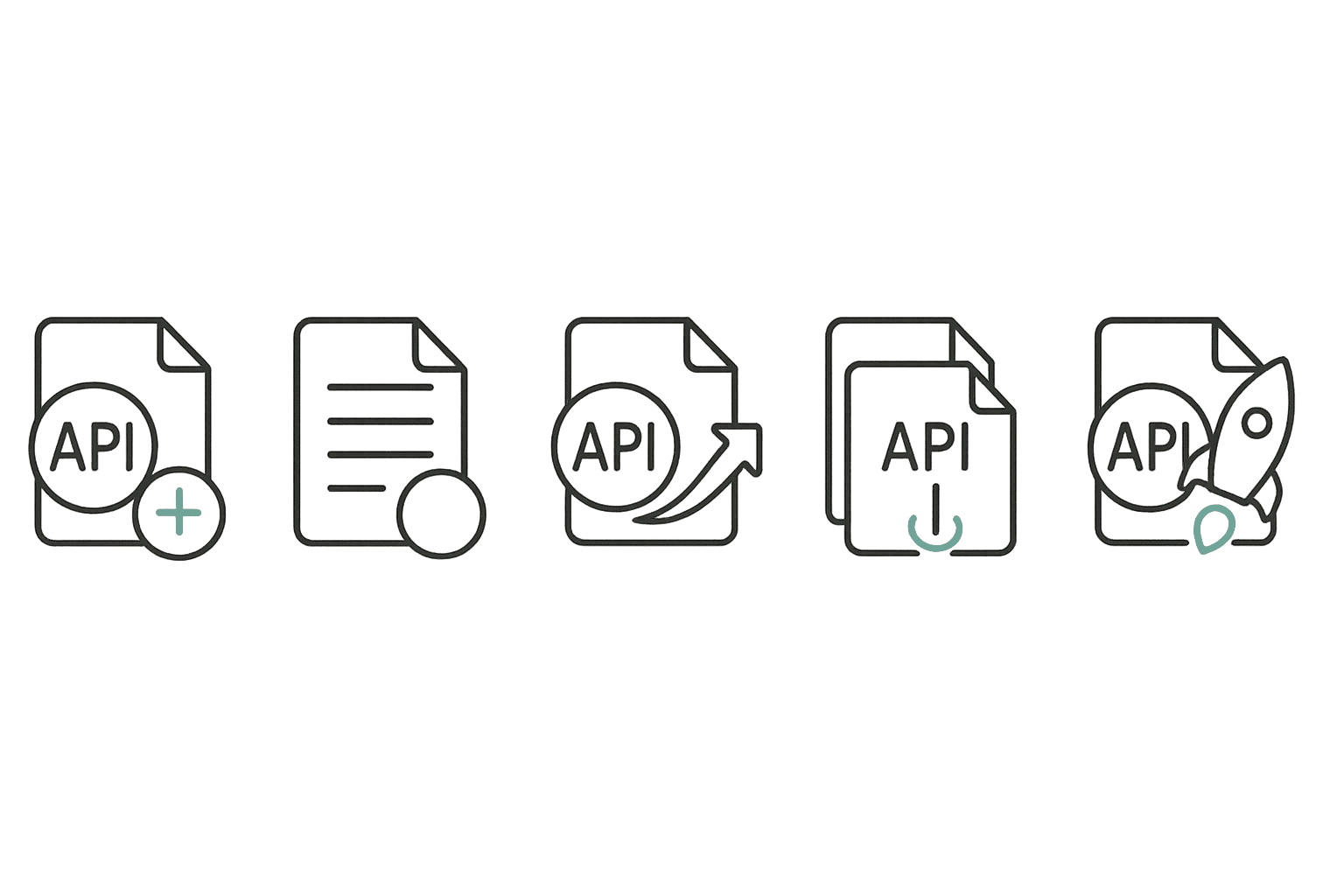
GoLogin Anti-Detect Browser: Use Cases
GoLogin’s technical capabilities target tasks that require multiple isolated browsers. Here are the core scenarios in which this tool has become indispensable:
- Affiliate marketing and traffic arbitrage: historically the primary application area. Ad specialists create dozens of accounts in ad networks (Google Ads, Facebook Ads, etc.) to bypass restrictions and blocks. An anti-detect browser lets each account look like a separate advertiser with a unique device, improving campaign survivability. Without such a tool, launching ads at scale would be nearly impossible due to instant bans for multi-accounting.
- Social networks and SMM: agencies and freelancers managing clients’ accounts often work with many social profiles at once (Facebook, Instagram, TikTok, Twitter/X, etc.). GoLogin allows you to run, for example, 20 different Facebook pages from one PC simultaneously without fearing they will “stick together” by fingerprint and get banned all at once. This also applies to mass promotion (building account networks for advertising, follower growth, group management).
- E-commerce and classifieds: sellers on marketplaces and classifieds often create multiple accounts to broaden reach or circumvent platform limitations. With isolated profiles, you can safely manage a dozen stores on eBay, Amazon, Wildberries, etc., each appearing as a different person on a different device. For classifieds (Avito, OLX), an anti-detect browser helps bypass posting limits per user by listing from different “personas.”
- Bonus hunting, betting, cryptocurrencies: in online bonuses, betting, and airdrops, a common rule is “one bonus per person.” Some power users benefit from collecting bonuses and promotions with many accounts. GoLogin is widely used for bonus hunting—registering multiple accounts with unique fingerprints to obtain welcome bonuses in betting or gambling projects. In crypto, it’s used to join token airdrops with hundreds of “unique” wallets. Without solid fingerprint substitution, such operations get blocked quickly, but Orbita profiles significantly increase the success rate.
- Web scraping and security testing: automated data collection must circumvent anti-bot measures. GoLogin helps deploy scrapers that switch between profiles, changing IPs and browser fingerprints to avoid bans and CAPTCHAs. For example, SERP scraping or competitor price monitoring can be distributed across a pool of profiles emulating different users. Similarly, security engineers can use an anti-detect browser to test their own systems, simulating activity from various devices and verifying that anti-fraud reacts correctly.
- Privacy and activity separation: although anti-detect browsers are primarily associated with business tasks, they’re also useful for privacy-minded individuals. By separating activities into distinct profiles (e.g., social networks, work tools, personal messaging—each in its own “capsule”), you make it harder for ad networks to assemble a unified profile on you. Each profile appears as a separate persona, hindering total tracking. That said, for strictly personal use these solutions can be overkill—they’re geared more toward pros and teams where the cost of detection is high.

GoLogin is a powerful technical tool for safe multi-accounting and web automation. Thanks to its own deeply modified Chromium fork (Orbita), the service provides flexible substitution of nearly all known browser fingerprints. The cloud profile system is implemented at a high level—data is isolated and encrypted, and synchronization lets you work from any device without losing context. Complementing this is a mature API that unlocks Orbita’s capabilities for developers: integration with Puppeteer/Selenium, launching profiles on servers or locally, and scaling workloads to hundreds of concurrent sessions.
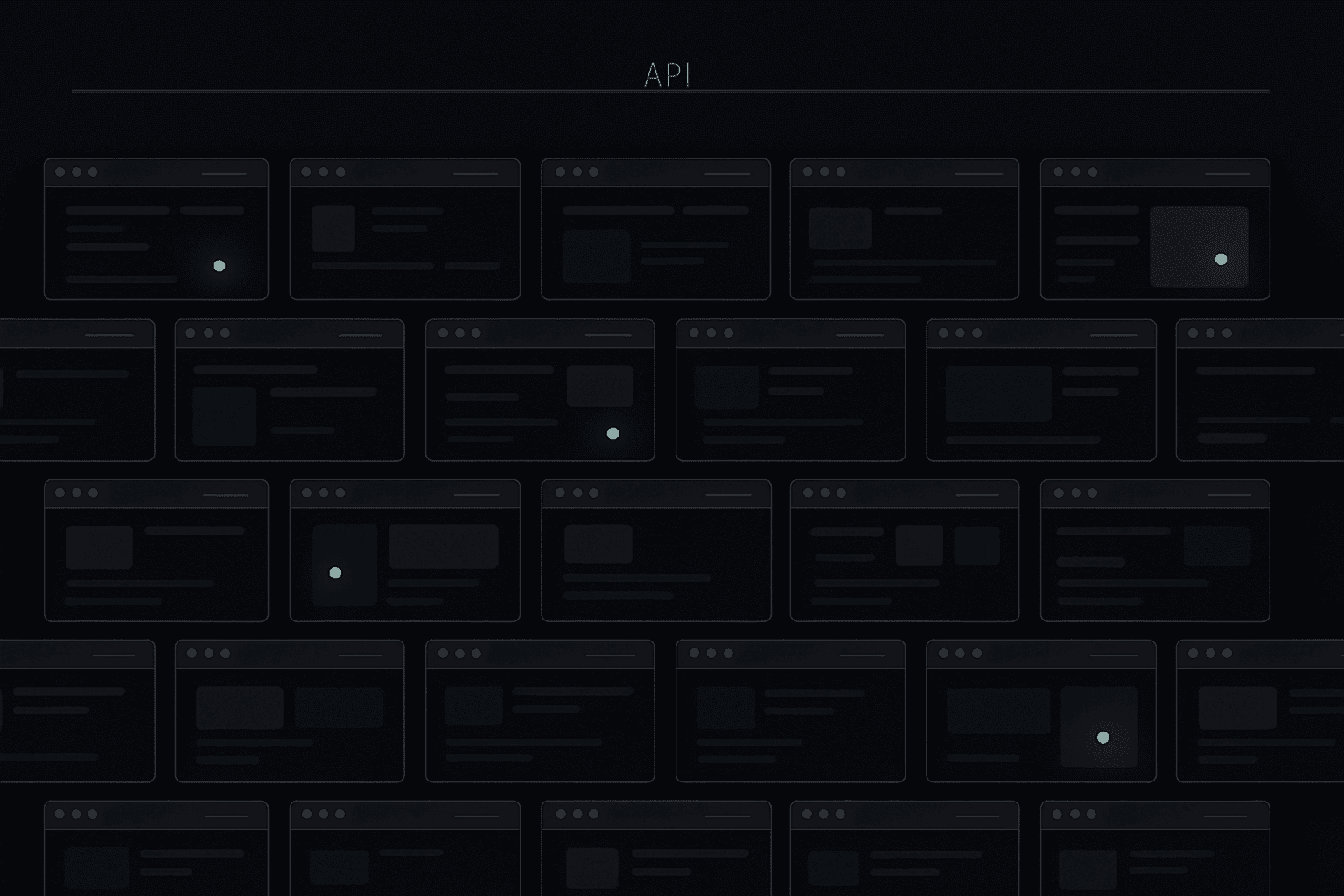
In summary: GoLogin is not just a “browser with a VPN,” but a comprehensive service solution. Its architecture shows how a combination of a modified engine, cloud infrastructure, and API integrations enables a kind of “virtual browser farm” for any need. Used correctly, this anti-detect browser delivers a high level of anonymity and control, allowing you to bypass modern anti-fraud systems’ restrictions and expand what you can do online without fear of being exposed.